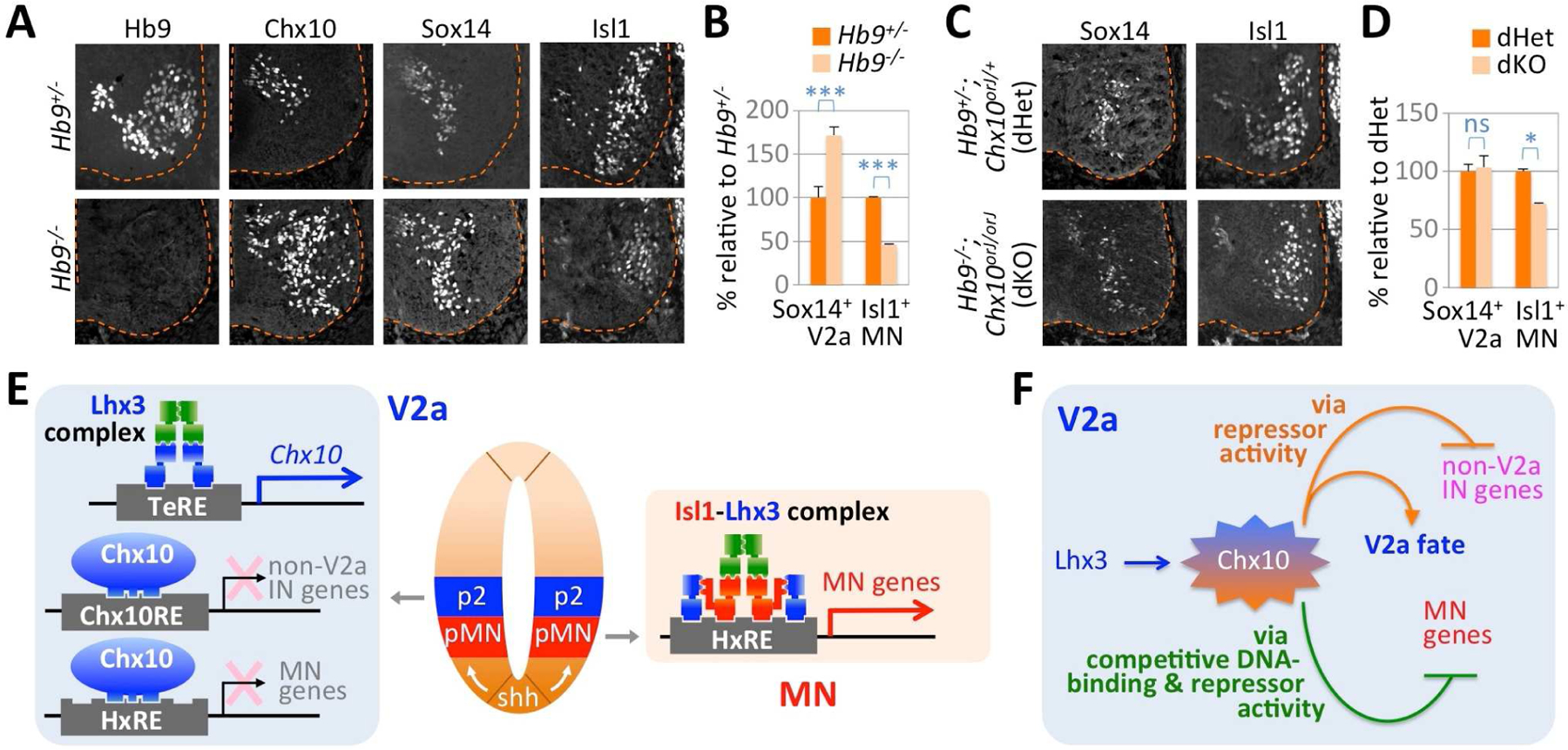Figure 7. Chx10 is necessary for the aberrant acquisition of V2a identity in Hb9-deficient MNs.

(A) Immunohistochemical analyses of E12.5 Hb9+/− and Hb9−/− littermates. The ventral spinal cords are shown. In Hb9-null spinal cord, Chx10 and Sox14 are ectopically upregulated in the MN area while Isl1 expression is markedly reduced.
(B) Quantification of Sox14+ V2aINs and Isl1+ MNs in Hb9-null spinal cords relative to Hb9+/− control littermates at E12.5. The error bars represent the standard error of the mean. ***, p<0.005; n> 3 embryos.
(C) Immunohistochemical analyses of E12.5 Hb9+/−;Chx10orJ/+ (dHet) and Hb9−/−;Chx10orJ/orJ (dKO) littermates. The ventral spinal cords are shown.
(D) Quantification of Sox14+ V2aINs and Isl1+ MNs in dKO spinal cords relative to dHet control littermates at E12.5. The error bars represent the standard error of the mean. *, p<0.05; ns, non-significant; n> 3 embryos.
(E) In V2aINs, the Lhx3-complex upregulates Chx10 by directly binding the TeRE in the Chx10 gene. Chx10 binds the HxRE associated with MN genes and represses MN genes. Chx10 also binds and inhibits non-V2a interneuron genes. In MNs, the Isl1-Lhx3-complex binds and upregulates MN genes.
(F) Gene regulatory mechanisms to precisely establish V2aIN identity, separated from MN or non-V2a interneuron fate. Lhx3 induces the expression of Chx10. In turn, Chx10 functions as a transcriptional repressor to activate V2aIN program and to inhibit non-V2a interneuron genes. Chx10 also functions as a DNA-binding competitor of the Isl1-Lhx3-complex to suppress MN genes.
